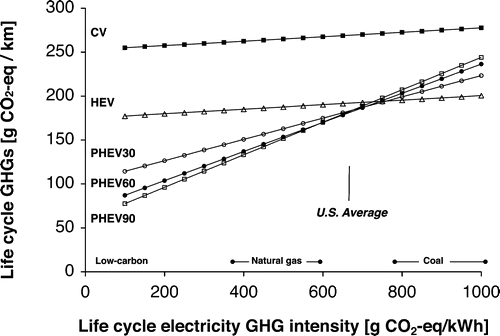There was an article about battery electric vehicles in Scientific American a couple years back.
The suggested design was a 'skateboard'. That is, a platform with four wheels. Each wheel contained the electric motor, braking and control hardware. The total weight of this unit was way less than the equivalent ICE driven vehicle platform, since the motors in the EV were so light.
The 'skateboard' then would have a top lowered onto it, including the battery pack. The top would be variable, though the base 'skateboard' would be standard. You could drop a van top, a pick up truck top, a sedan top, wagon top, sports convertable top etc.
This would make manufacture much cheaper. The basic 'skateboard' would cost way less than the equivalent in ICE today. The only really expensive item would be the battery pack, and the Scientific American writers predicted that would drop dramatically.
We are still some time away from an EV able to replace current ICE's completely. However, within 10 years, we will see increasing numbers of more limited EV's on the market. Basically, shopping carts and commuter cars. After about 20 years, though, with new battery developments, we can expect something that will compete very nicely with ICE's.
The thing is that, while there is still likely to be a degree of disadvantage in relation to range, the compensating advantages related mainly to $$$ will more than make up for it. If it costs half or less than half to run, and you pay for this advantage by having to stop and recharge every couple hours, I think most people will happily accept that price.
The suggested design was a 'skateboard'. That is, a platform with four wheels. Each wheel contained the electric motor, braking and control hardware. The total weight of this unit was way less than the equivalent ICE driven vehicle platform, since the motors in the EV were so light.
The 'skateboard' then would have a top lowered onto it, including the battery pack. The top would be variable, though the base 'skateboard' would be standard. You could drop a van top, a pick up truck top, a sedan top, wagon top, sports convertable top etc.
This would make manufacture much cheaper. The basic 'skateboard' would cost way less than the equivalent in ICE today. The only really expensive item would be the battery pack, and the Scientific American writers predicted that would drop dramatically.
We are still some time away from an EV able to replace current ICE's completely. However, within 10 years, we will see increasing numbers of more limited EV's on the market. Basically, shopping carts and commuter cars. After about 20 years, though, with new battery developments, we can expect something that will compete very nicely with ICE's.
The thing is that, while there is still likely to be a degree of disadvantage in relation to range, the compensating advantages related mainly to $$$ will more than make up for it. If it costs half or less than half to run, and you pay for this advantage by having to stop and recharge every couple hours, I think most people will happily accept that price.



